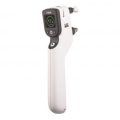-
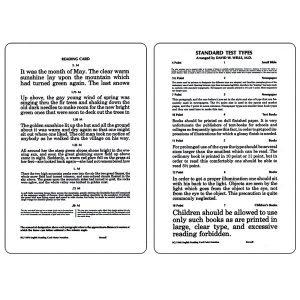 English reading card. Point notation on front; meter notation on back. 4 to 18-point type. Item #: BC1196670
English reading card. Point notation on front; meter notation on back. 4 to 18-point type. Item #: BC1196670 -
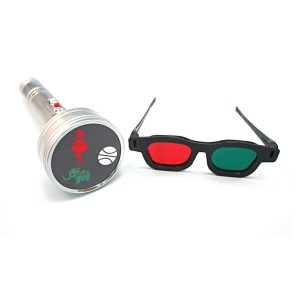 Three Figure Worth Type Test This test is used for determining diplopia, suppression or fusion in children. Sturdy flashlight comes with red/green glasses. Chrome 8" long flashight with 3" extension included. Requires 2 to 3 D batteries depending on the handle length. Not Included.
Three Figure Worth Type Test This test is used for determining diplopia, suppression or fusion in children. Sturdy flashlight comes with red/green glasses. Chrome 8" long flashight with 3" extension included. Requires 2 to 3 D batteries depending on the handle length. Not Included. -
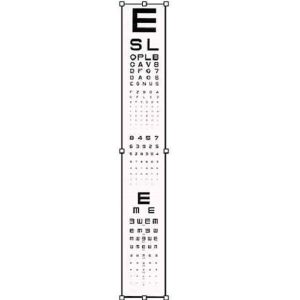 Projector Slide Replacements Adult Acutiy Projector Slide Letter Acuity, Number Acuity, and Tumbling "E" Test This family of projector slides are designed for testing all ages. Made of high quality photographic film, sealed between two pieces of glass to ensure sharp optotypes to maintain the integrity of your exam. Each slide must be adjusted for use on different length testing lanes.
Projector Slide Replacements Adult Acutiy Projector Slide Letter Acuity, Number Acuity, and Tumbling "E" Test This family of projector slides are designed for testing all ages. Made of high quality photographic film, sealed between two pieces of glass to ensure sharp optotypes to maintain the integrity of your exam. Each slide must be adjusted for use on different length testing lanes. -
This screening battery is designed to detet vision problems in the pre-school population. It includes a test for visual acuity, eye alignment, binocular funtcion, farsightedness, lazy eye (amblyopia), and more. Utilizing new test such as the school bus test, this screening test for a great number of problems in a short period of time. This screening battery of test was designed for use by school personnel of members of service clubs such as Lions or Kiwanis with minimal training. Many test are pass/fail
-
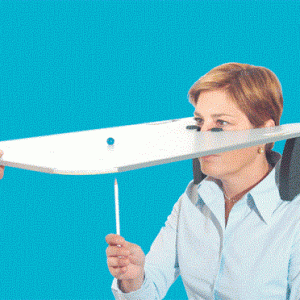 The Spatial Board was suggested by Dr. Streff as a way of quantifying and recording spatial localization shifts with patients. Dr. Kraskin utilized similar assessments of a patient's spatial localization in order to determine the amount and direction of yoked prisms to prescribe. The VTE Spatial Localization Board is designed for clinical efficiency to allow the behavioural optometrist to quickly assess a patient's spatial localization in real space and time; determine x, y and z axis spatial warps in 9 primary meridians; record patient responses for pre and post test data (especially good for documenting mid-line shifts in TBI and strabismic patients) and quantify immediate effects of lenses and prisms.
The Spatial Board was suggested by Dr. Streff as a way of quantifying and recording spatial localization shifts with patients. Dr. Kraskin utilized similar assessments of a patient's spatial localization in order to determine the amount and direction of yoked prisms to prescribe. The VTE Spatial Localization Board is designed for clinical efficiency to allow the behavioural optometrist to quickly assess a patient's spatial localization in real space and time; determine x, y and z axis spatial warps in 9 primary meridians; record patient responses for pre and post test data (especially good for documenting mid-line shifts in TBI and strabismic patients) and quantify immediate effects of lenses and prisms. -
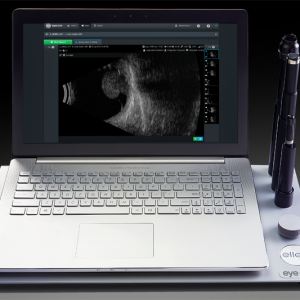
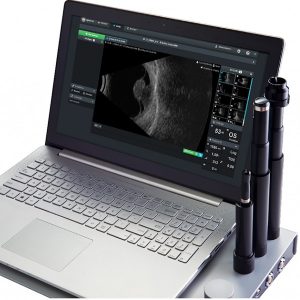
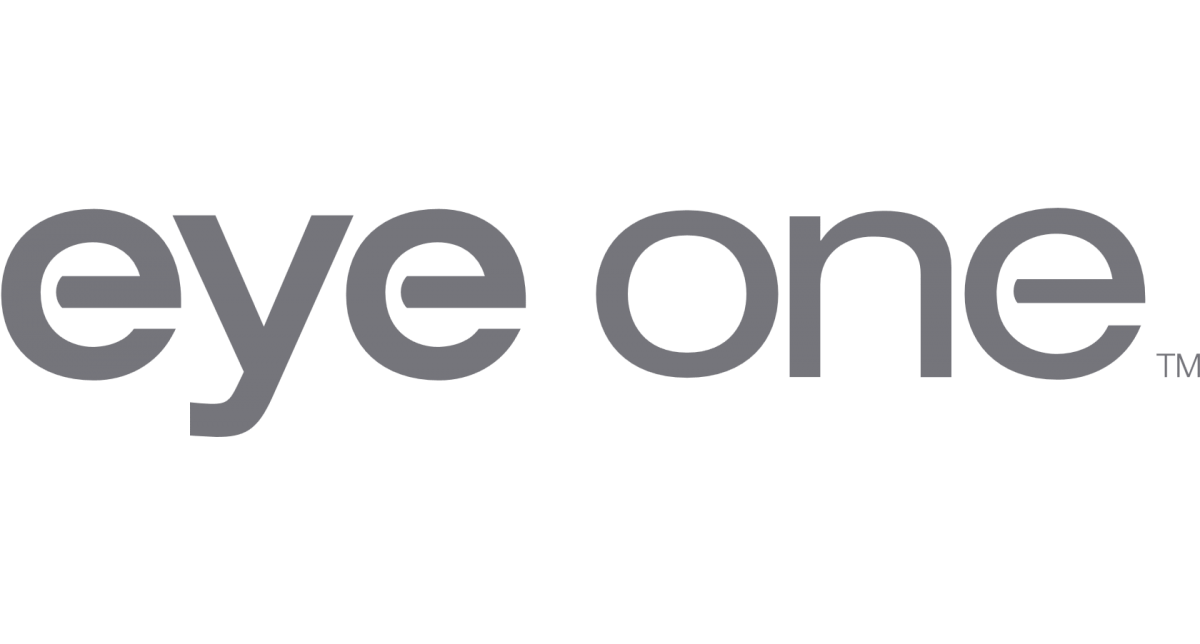
The intuitive diagnostic ultrasound platform
If you’re searching for an easily reconfigurable ultrasound platform that covers all examination and measurement scan modes in an easy-to-use, compact design, Eye One™ is the solution you're looking for. From diagnostic A-Scan to high-frequency B-Scan, Eye One™ delivers comprehensive capability to meet your ultrasound needs for both the posterior and anterior segments.
-
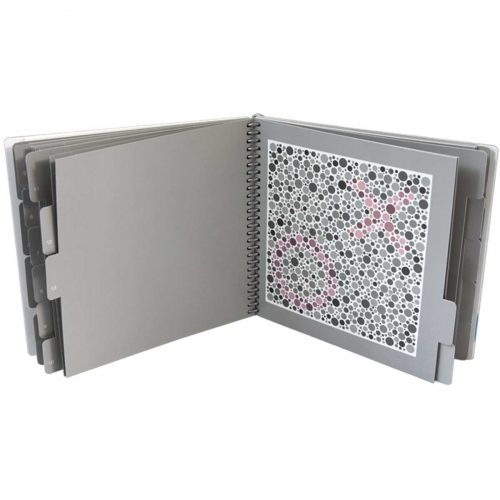 730006 The HRR (Hardy Rand and Rittler) Standard Pseudoisochromatic Test, 4th Edition provides several very important features to provide the most advanced color vision test available: congenital and acquired testing, identification of the type of defect, and diagnosis of the extent of the defect as well as quick positive classification of normals. The HRR employs a sophisticated test strategy that virtually eliminates the potential for memorization and malingering. The figures used by the HRR Pseudoisochromatic Plates are independent of language and suitable for both adults and children.
730006 The HRR (Hardy Rand and Rittler) Standard Pseudoisochromatic Test, 4th Edition provides several very important features to provide the most advanced color vision test available: congenital and acquired testing, identification of the type of defect, and diagnosis of the extent of the defect as well as quick positive classification of normals. The HRR employs a sophisticated test strategy that virtually eliminates the potential for memorization and malingering. The figures used by the HRR Pseudoisochromatic Plates are independent of language and suitable for both adults and children. -
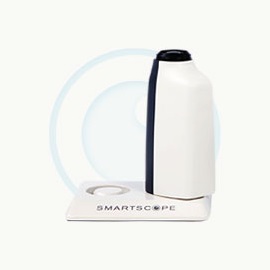
 Smartscope PRO camera with Smartscope FA module is a perfect combination of Slit Lamp and hand-held mode providing high quality Fluorescein Angiograms with a wide 40 degrees field of view. 9 internal fixation targets enable peripheral imaging (total FOV 70 * 52 degrees). Smartscope FA is easy to operate and offers fast image capture ability and a detailed view of the entire fluorescein dye circulation dynamics.
With a special Slit Lamp Adapter Smartscope FA can be mounted to any Slit Lamp with patient head rest.
Wi-Fi enables easy image transfer to PC, laptop, tablet or mobile devices. With Optomed Workstation software (sold separately) the images can be viewed, shared and stored locally and sent directly to a DICOM compatible system (PACS or other) of the hospital network.
Smartscope PRO camera with Smartscope FA module is a perfect combination of Slit Lamp and hand-held mode providing high quality Fluorescein Angiograms with a wide 40 degrees field of view. 9 internal fixation targets enable peripheral imaging (total FOV 70 * 52 degrees). Smartscope FA is easy to operate and offers fast image capture ability and a detailed view of the entire fluorescein dye circulation dynamics.
With a special Slit Lamp Adapter Smartscope FA can be mounted to any Slit Lamp with patient head rest.
Wi-Fi enables easy image transfer to PC, laptop, tablet or mobile devices. With Optomed Workstation software (sold separately) the images can be viewed, shared and stored locally and sent directly to a DICOM compatible system (PACS or other) of the hospital network. -
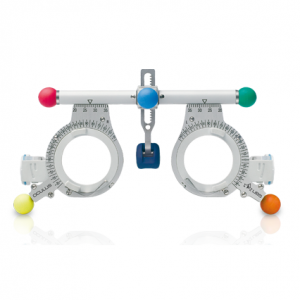
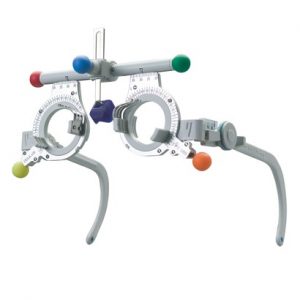 Everyone who has anything to do with the prescription of eyeglasses has heard of OCULUS Universal Trial Frames. Function
Everyone who has anything to do with the prescription of eyeglasses has heard of OCULUS Universal Trial Frames. Function- Space for a total of 10 trial lenses of 28 mm diameter
- PD range from 46-72 mm
- Adjustable temple tilt and length
- Smooth axis adjustment
- CVD scale
-
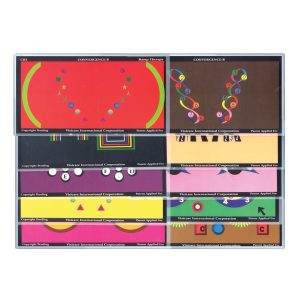 Morgenstern Color Fusion Cards - Convergence B DR ONLY USED WITH BERNELL-O-SCOPE™ BUILD LARGER RANGES OF VERGENCE. WORK IN AND OUT OF INSTRUMENT. GOOD FOR "TROMBONING" IN STEROSCOPE AS WELL AS "POINTING". SET OF 10 CARDS Item #: SMCB
Morgenstern Color Fusion Cards - Convergence B DR ONLY USED WITH BERNELL-O-SCOPE™ BUILD LARGER RANGES OF VERGENCE. WORK IN AND OUT OF INSTRUMENT. GOOD FOR "TROMBONING" IN STEROSCOPE AS WELL AS "POINTING". SET OF 10 CARDS Item #: SMCB -
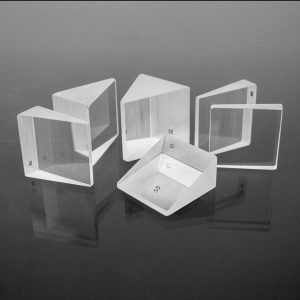 37mm square plastic prisms in your choice of diopter. Sold Individually. Item #: ASP+
37mm square plastic prisms in your choice of diopter. Sold Individually. Item #: ASP+ -
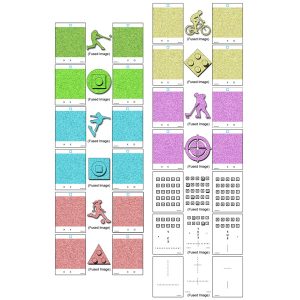 Random Dot card set for the Bernell-O-Phore. Set of 26 (13 pairs) full color cards. Each pair contains either a unique sport figure, shape pattern or numbered sequence. Images appear when fused. These fusion cards work with the BC300. Item #: BC300ES1
Random Dot card set for the Bernell-O-Phore. Set of 26 (13 pairs) full color cards. Each pair contains either a unique sport figure, shape pattern or numbered sequence. Images appear when fused. These fusion cards work with the BC300. Item #: BC300ES1

